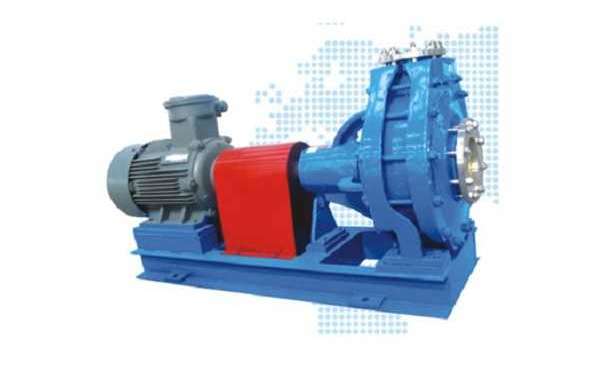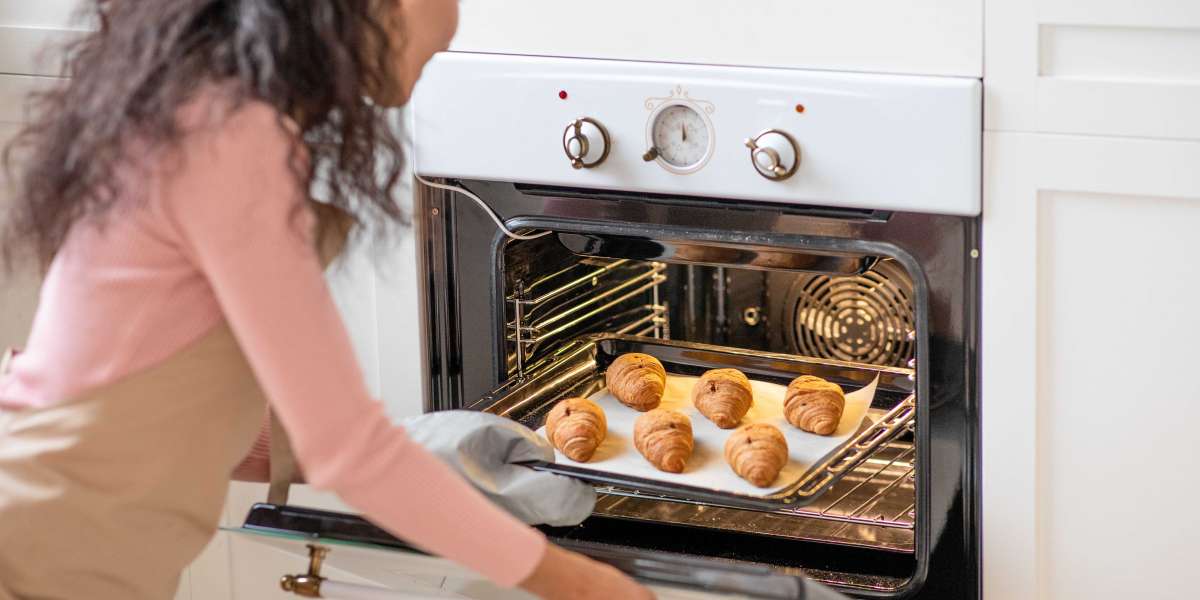Common corrosion resistant pumps include fluoroplastic anti-corrosion pumps and stainless steel anti-corrosion pumps, as well as common engineering plastics and PPcorrosion resistant pumps. Reasonable selection of corrosion resistant pump can improve the service life of anti-corrosion chemical pump.
Corrosion resistant pump selection requirements:
1. Make the type and performance of the selected corrosion-resistant chemical pump meet the requirements of process parameters such as flow, head, pressure, temperature, NPSH, and suction.
2. Correctly calculate the investment cost of purchasing corrosion resistant pump.
3. Must meet the requirements of medium characteristics:
a. For pumps that transport precious media, shaft seals are reliable or leak-free pumps, such as magnetic drive pumps (no shaft seals, isolated magnetic indirect drive);
b. For pumps that transport corrosive media, the convection parts are required to use corrosion-resistant materials such as fluoroplastic corrosion resistant pump;
c. For pumps that transport solid particulate media, the convection parts should be made of wear-resistant materials, and the shaft seal should be flushed with cleaning fluid if necessary.
4. The machinery requires high reliability, low noise and low vibration.
Use and maintenance of corrosion resistant pump:
1. Check whether the connection between the pump and the pipeline is loose. Turn the pump by hand to check that the pump is flexible, then check the motor rotation.
2. Add the bearing lubricating oil to the suspension, and observe that the oil level should be between the two levels of the oil standard.
3. Unscrew the water diversion plug of the pump body and fill the water diversion.
4. Close the gate valve, outlet pressure gauge and inlet vacuum gauge.
5. Start the motor. When the corrosion resistant pump is in normal operation, the working outlet pressure gauge and inlet vacuum gauge should gradually open the gate valve after showing proper pressure, and check the motor load.
6. Try to control the flow and head of the pump within the range indicated on the pump sign, and keep the pump running for a long time near the high-efficiency point to achieve greater energy-saving effect.
7. During the operation of the corrosion resistant pump, the bearing heating shall not exceed the ambient temperature of 35 degrees, and the higher temperature shall not exceed 80 degrees.
8. If the pump finds abnormal sound, stop immediately to check the cause.
9. When the pump is stopped, first close the gate valve and pressure gauge, and then stop the motor.
10. The corrosion resistant pump should change the lubricating oil for 100 hours in the first month of operation. Change the oil every 500 hours.
11. Regularly adjust the packing gland to keep the leakage in the packing room normal.
12. When the pump is used in cold winter, after parking, the drain plug at the lower part of the pump body must be unscrewed to remove water and prevent frost cracking.
13. When the corrosion resistant pump is stopped for a long time, the pump must be disassembled, the water should be wiped dry, the rotating parts and joints should be greased and stored properly.
corrosion resistant pump https://www.luolintec.com/Corrosion-resistant-pump.html







